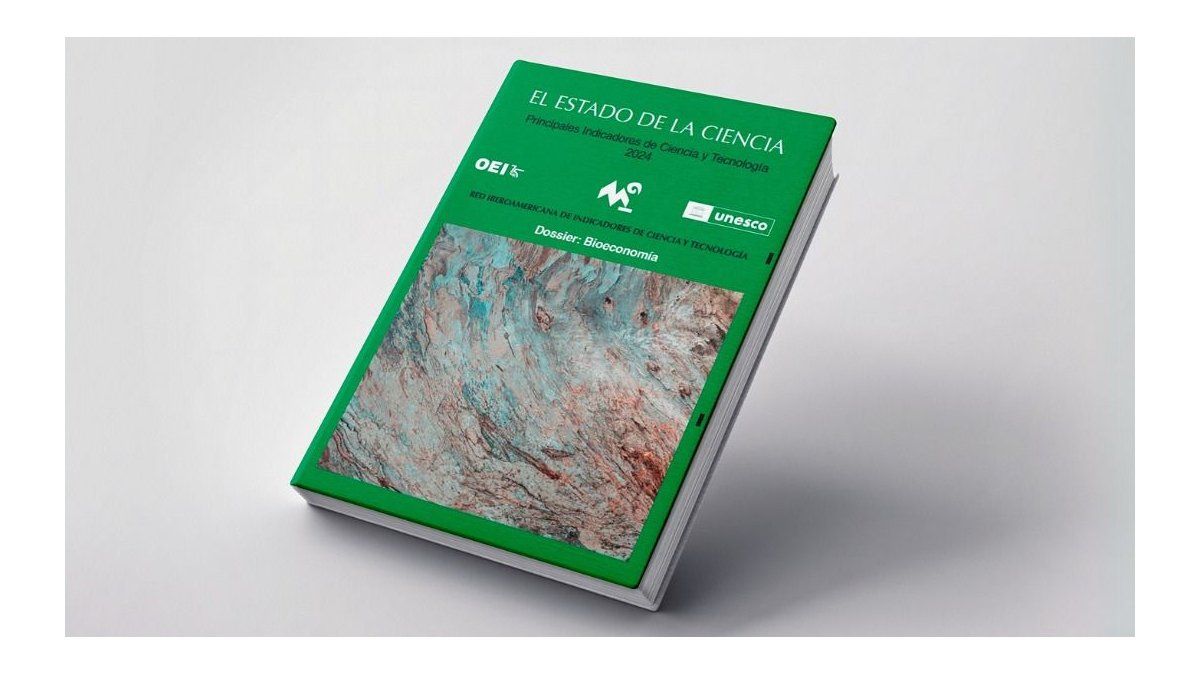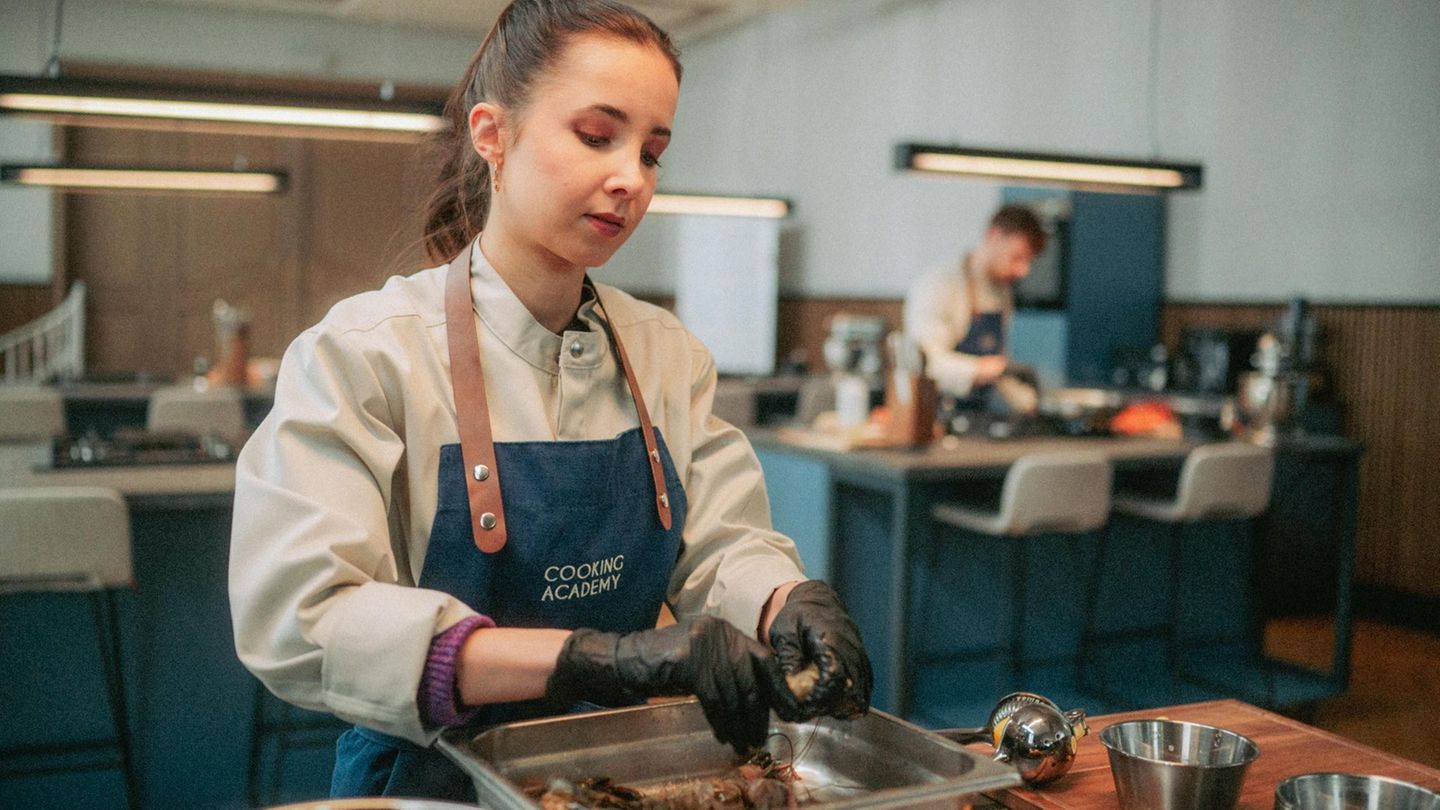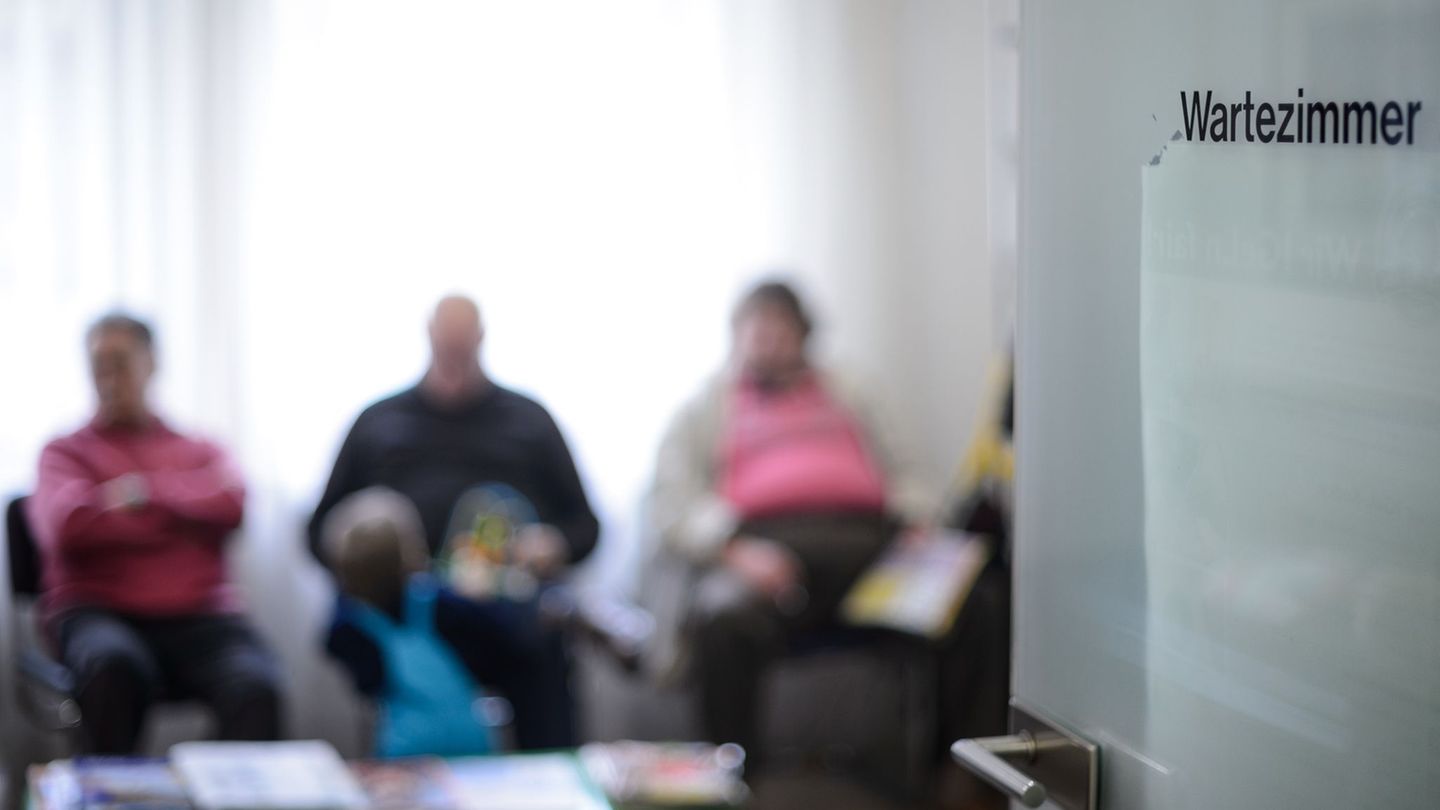Investment in R&D in Latin America barely reaches 0.56% of its GDP, with Brazil being the only country that exceeds 1%. The detail of the problem.
In 2022, Ibero-America allocated only 0.73% of its GDP to research and development (R&D), a figure that is equivalent to 116 billion dollars, concentrated mainly in Brazil, Mexico and Argentina, which together represent 83% of the regional total. This data arises from “The State of Science 2024”, a report prepared by the Ibero-American Network of Science and Technology Indicators (RICYT), co-edited by the Organization of Ibero-American States for Education, Science and Culture (OEI) -through its Ibero-American Observatory of Science, Technology and Society (OCTS)- and UNESCO.
The content you want to access is exclusive to subscribers.
Investment in R&D in Latin America barely reaches 0.56% of its GDP, with Brazil being the only country that exceeds 1%. In global comparison, Latin America represents only 4% of global investment in R&D, while Asia leads with 37.4%. The whole of Latin America and the Caribbean (LAC) is also characterized by a phenomenon of concentration in which Brazil, Mexico and Argentina represent 83% of its total investment.


Despite the low budget, the region records a 45% increase in the number of researchers in the last decade, reaching 642,383 in 2022. The academic sector concentrates 46% of scientists, followed by the business sector (33%).
In scientific production, Latin America exceeded 198,000 articles in 2022, with 35% carried out in international collaboration. However, patenting remains limited: only 3,024 international applications, most of them from foreign companies.
The State of Science 2024 includes a series of indicators selected from the RICYT database. The total set, which covers 135 statistical series, can be visited at www.ricyt.org and is the product of the collaborative effort of the science and technology organizations of the twenty countries participating in the network, which provide the information displayed in the volume, as well as an extensive community of experts and international organizations. The link to the contents of the publication is available here: https://bit.ly/4fm2ylB
The 2024 edition of the report also contains a dossier on bioeconomy, a key model for the development of Ibero-America, based on the sustainable use of renewable biological resources. The dossier analyzes scientific advances in areas such as biofuels, agricultural innovation and the conservation of the Amazon rainforest, highlighting both the opportunities and challenges of this sector. With a strong focus on sustainability and technological linkage, The report highlights the potential of the bioeconomy to transform the region through government policies and international cooperation.
About the Organization of Ibero-American States (OEI)
Under the motto “We make cooperation happen”, the Organization of Ibero-American States for Education, Science and Culture (OEI) is, since 1949, the first intergovernmental body for South-South cooperation in Ibero-America. It currently has 23 member states and 19 national offices, in addition to the General Secretariat in Madrid.
In 2024 he received the prestigious Princess of Asturias Award for International Cooperation “for his fruitful work in promoting multilateralism and for representing an important bridge in relations between Europe and Latin America.” With more than 650 ongoing projects and 400 active cooperation agreements, the OEI represents one of the largest cooperation networks in Latin America. Among its results, the organization has contributed to the drastic reduction of illiteracy in Latin America, with an average of 12 million direct beneficiaries in the last 5 years.
Source: Ambito
I am an author and journalist who has worked in the entertainment industry for over a decade. I currently work as a news editor at a major news website, and my focus is on covering the latest trends in entertainment. I also write occasional pieces for other outlets, and have authored two books about the entertainment industry.




